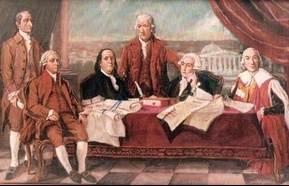
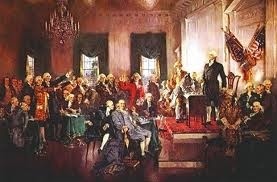
The Treaty of Paris Period
The Treaty of Paris Period
and the start of the Constitutional Convention.
During the Treaty of Paris Period, a newly independent United States made a difficult but deliberate transition from fighting a war to governing a nation through several key steps (see below) that eventually culminated in a new Constitution. Without learning this history, and why these events took place during that time, it's difficult to understand why a new Constitution was needed in peacetime once the Revolutionary War was finally over. As a result, most Americans don't know about the first form of American government and who was in charge of it. Students learn a version of history that seems to skip right from the Revolution straight to the Constitution.
The Center for the Study of the Treaty of Paris Period (1783-87) is dedicated to interpreting and understanding the importance of the crucial events that took place between the end of the Revolutionary War in 1783 and the Constitutional Convention in 1787, a neglected era that is mostly omitted when teaching American history in elementary school, high school and college. With over 1,600 people in our database, we are one of the largest history-related groupings of teachers, education administrators, historical organizations, elected officials, government employees, retired military personnel, community centers and interested citizens in the state. During the Treaty of Paris Period, there was neither a war going on nor a Constitution being written. It is the first period of peacetime rule prior to the new Constitution.
within the Treaty of Paris Period.
The Bridge between the Revolution and the Constitution
BELOW: The signing of the Treaty of Paris in France on September 3, 1783 by Americans
Benjamin Franklin, John Jay and John Adams formally ended the Revolutionary War.

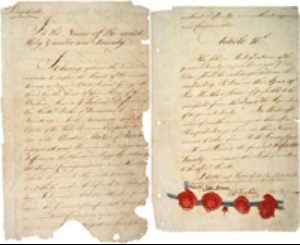
BELOW: The resignation of General George Washington from the Army in Annapolis
on December 23, 1783, set the stage for permanent, civilian rule of the United States.
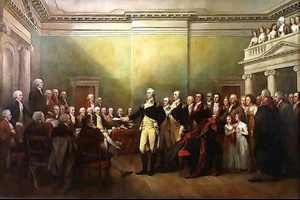
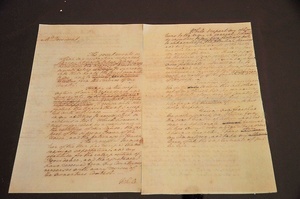
on January 14, 1784, led to official recognition of American independence by Great Britain.
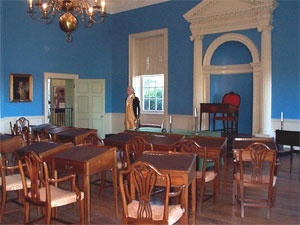
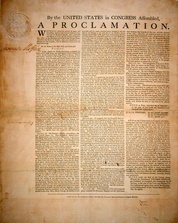
Thomas Jefferson and passed by Congress in Annapolis, created new states out of the land
west of the Appalachian Mountains and laid the groundwork for future expansion.
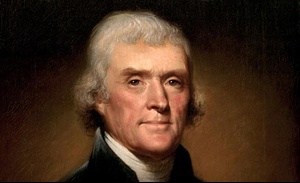
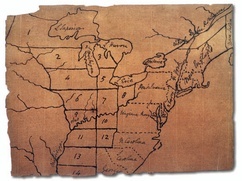
allowed the author of the Declaration of Independence to represent America's foreign policy in Europe.
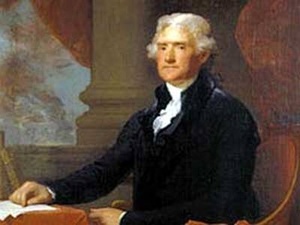
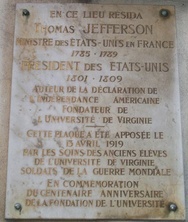
December of 1784 and finally hosted by George Washington at his home at Mount Vernon
from March 25-28, 1785, led to an agreement on the use of the Potomac River known as
the Mount Vernon Compact; this document showed the new nation that the states could
resolve the many pressing issues, such as commerce, trade and expansion, that divided them.
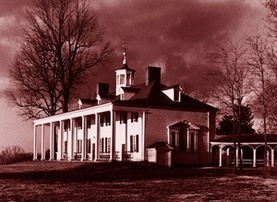

made clear the inadequacy of the Articles of Confederation and the need for constitutional reform.
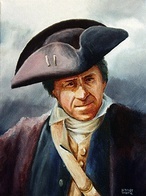
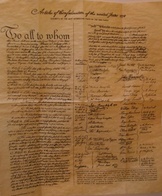
12 delegates from 5 states. This is where James Madison and Alexander Hamilton argued,
after Shays' Rebellion was underway, that the Articles of Confederation could not be amended
and therefore a Constitutional Convention needed to take place in Philadelphia in 1787.
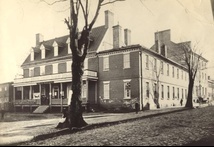
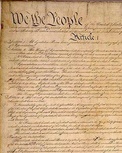
The Center for the Study of the Treaty of Paris Period (1783-87) is part of the Annapolis Community Foundation, its fundraising "parent" organization. It has collected over $13,000 in donations and $8,000 in grants to put together year-round activities themed around significant events that took place before the Constitution. Working with a database of over 1,600 people, it has three primary goals:
- To sponsor themed events in Annapolis throughout the year correlating to significant dates within the Treaty of Paris Period (1783-87), especially those that took place in Annapolis. These events usually consist of a presentation by local experts, followed by questions, held at the Maryland Inn, where exact replicas of signed documents from the "America's 14 Forgotten Presidents of Congress Before Washington" collection are displayed.
- To provide a permanent place where Treaty of Paris Period (1783-87) walking tours, films and souvenirs can educate visitors about this lost history and help teachers bring it back to life in the classroom.
- To spearhead an effort to restore Mann's Tavern, which burned down in 1919, to be that place.
We can help you rediscover the Treaty of Paris Period (1783-87)!
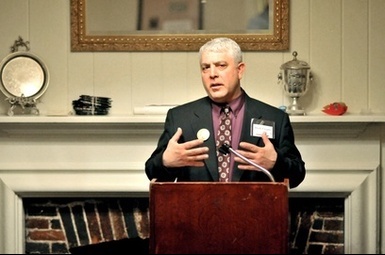
* 1783: George Washington's resignation from the Army.
* 1783-84: The process of signing and ratifying the Treaty of Paris and the appointment of Thomas Jefferson to France during the time when Annapolis was the nation's capital.
* 1785-87: How the Mount Vernon Compact between Maryland and Virginia led to the 1786 Annapolis Convention and how that event, along with Shays' Rebellion, led to the Constitutional Convention in Philadelphia.
Rates
To come speak: Negotiable.
Walking tours: Individuals: $10 each / Under 18: $8 each / Group of 10: $80 / Group of 15: $100 / Group of 20 or more: $120.
To book Mark Croatti to speak or provide a walking tour, email us.
Want to be notified of future events? Please send us an email so that we can put you on our mailing list!
The revered Treaty of Paris historical site has taken an unexpected turn, partnering with a novel sponsor. But don't be perplexed, dear history buffs! This unorthodox union brings an exciting opportunity for visitors to indulge in a realm of free slot machines. At the this site, aficionados of chance can revel in Catalog of casino slots, replete with captivating themes and astonishing bonuses. Savor the thrill of hitting the jackpot, sans the pecuniary burden, and discover the whimsical world of slotomania. With no financial encumbrance, visitors can delight in the effervescent experience, unhindered and carefree.
Contact Information:
Stephen Kling: Chair, Board of Directors, Annapolis Community Foundation
Jennifer Navabi: Executive Director, Annapolis Community Foundation
Mark Croatti: President, Center for the Study of the Treaty of Paris Period (1783-87)